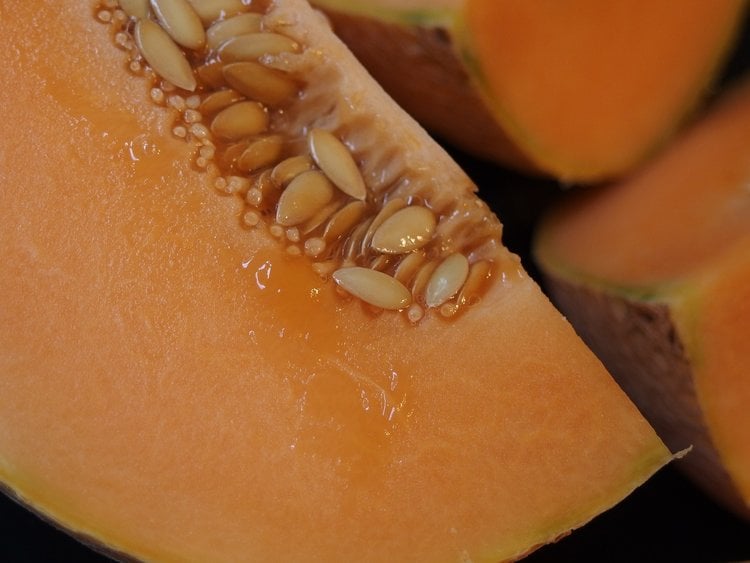Mouldy Mary and the Cantaloupe
It’s a well known story and example of medical serendipity. Alexander Fleming (1881-1955) a Scottish microbiologist who returned to his laboratory following his summer holiday and found his growth plates of Staphylococcal bacteria had been contaminated with mould. Wherever the mould was growing the bacterial cells had been killed. Antibiotics had been discovered. Except this wasn’t the first antibiotic to be made. Medication with antibacterial action dates back to before the medieval period. When it came to penicillin Fleming’s discovery was only the beginning. And the penicillin still in use today owes much to an unsung hero called Mary and a mouldy cantaloupe.
Fleming surmised that the mould must be making some sort of chemical which … Continue Reading (3 minute read)